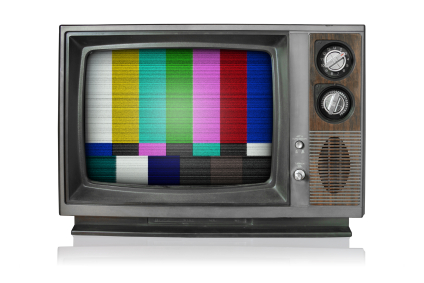Note off the top: this post is one of only two that ties together the themes of this blog – marketing, environment, and culture (only other one was about Lisa Gansky’s The Mesh). Now, on to the post …
Dow Chemical Company. Do you associate the name with nature, harmony, connectedness, or humanity?
No? Then you need to see this absolutely beautiful production from 2006 (posted to YouTube by DowChemicalCompany):
When I encountered this gorgeous production and its sweeping message, I was instantly fascinated with the idea of a global chemical company issuing this message.
Some of the intended takeaways:
- Chemistry is natural
- Nature is beautiful
- Nature is clean and safe
- Chemistry is clean and safe
- Humans are nature
- We’re all connected
- Dow is human
- Dow cares about people
In summary: trust Dow Chemical because they care about you and what they’re doing is healthy, safe, and consistent with nature.
Clearly, Dow, whose vision is “To be the most profitable and respected science-driven chemical company in the world,” obviously hopes viewers get swept up in the glossiness – and they do. The comments below the video are incredibly and overwhelmingly positive.
Not everyone, however, is buying this expensive piece of corporate communication from the company who still claims that Agent Orange, one of its products, was not harmful.
I don’t have time to parse the necessarily troubled history of a massive chemical company, but I expect – and fairly – that this was a counter-press against some negative headlines.
Which brings us to the synthetic, abnormal, dangerous, and toxic aspect of Dow Chemical.
Here’s the same audio bed with new video (posted to YouTube by ForBhopal):
Members of the Dow stakeholders community have created quite a contrast to the original video.
Here’s a contrasting website (one of many): TheTruthAboutDow.org
Here’s a contrasting book: Trespass Against Us: Dow Chemical and the Toxic Century
So What?
More voices, more publication, more sharing – this is a great time to be alive!
This corporate vs community contrast must always be kept in mind. Corporate happy talk doesn’t fly like it used to. I tend to believe my friends and neighbors more than I believe a global operation whose incentives tend to be short term and whose moral obligations are to shareholders above stakeholders.
The Dow homepage reminds me very much of the final video in this previous post about the BP disaster; I think it’s the smiling, colorfully-suited workers.


